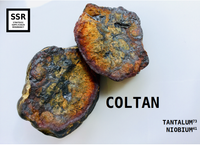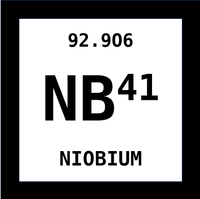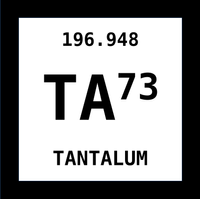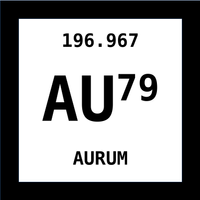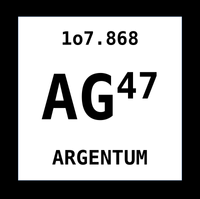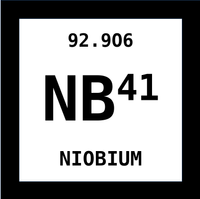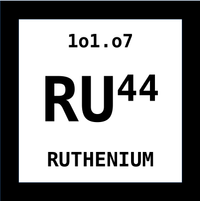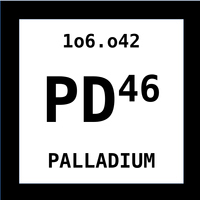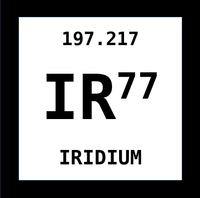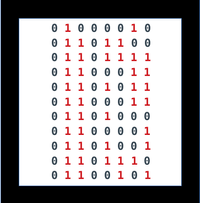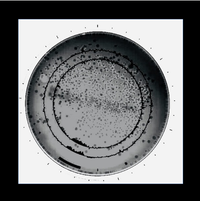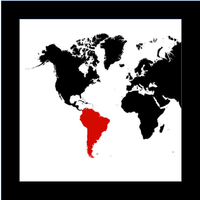COLTAN
COLOMBITE - TANTALITE
Coltan is a solid solution between two minerals: niobium (Nb), niobium oxide with iron and manganese (Fe, Mn) Nb2O6; and tantalite (Ta), tantalum oxide with iron and manganese (Fe, Mn) Ta2O6. The material contains 0.04% ThO2 and 0.06% U3O8, radioacivity concentration is: (0.04% * 35.6) + (0.06% * 104)= 1.42 + 6.24 = 7.66Bq / g. The material is below the exemption level of 10 Bq / g for transport and transporting as general cargo.
In 1844 a German chemist, Heinrich Rose, discovered what he considered to be a new element occurring along with tantalum and named it niobium after Niobe, the mythological goddess who was the daughter of Tantalus. After considerable controversy it was decided that columbium and niobium were the same element. Eventually international agreement (about 1950) was reached to adopt the name niobium, though columbium persisted in the U.S. metallurgical industry.
Closely associated with niobium in ores and in properties, tantalum was discovered (1802) by the Swedish chemist Anders Gustaf Ekeberg and named after the mythological character Tantalus because of the tantalizing problem of dissolving the oxide in acids. Due to the great chemical similarity of niobium and tantalum, the establishment of the individual identities of the two elements was very difficult.
